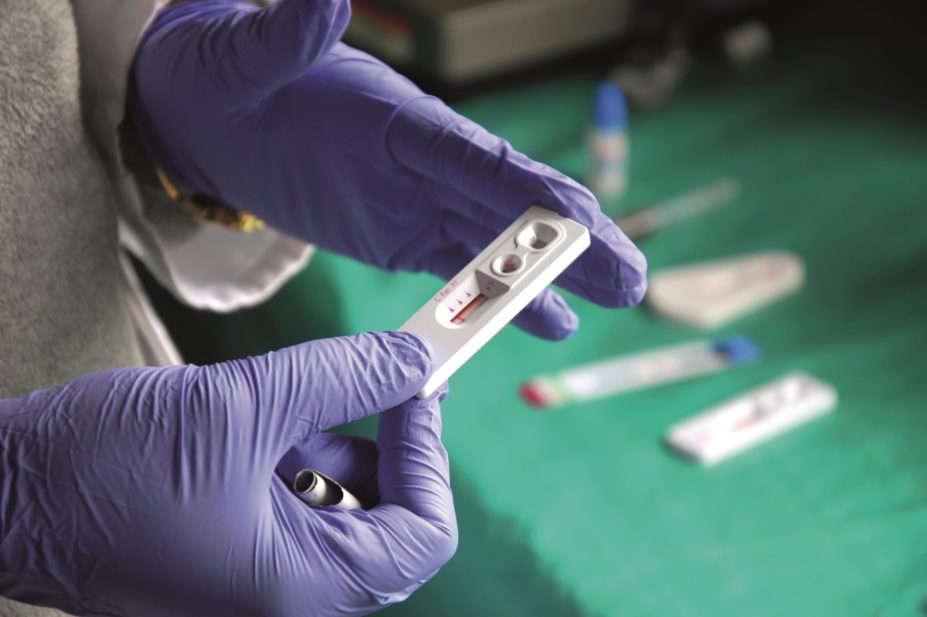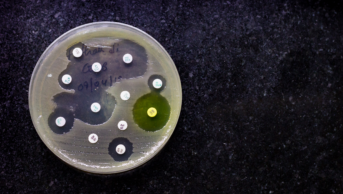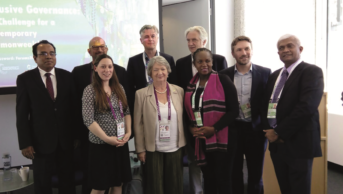
Shutterstock.com
The world has achieved and exceeded the millennium development goal (MDG) set by the United Nations in 2000 to halt and reverse the spread of HIV by 2015, with new infections down worldwide by 35% since 2000, says a new report[1]
by UNAIDS.
In 2014, new infections totalled 2 million, down from 3.1 million in 2000, and AIDS-related deaths declined to 1.2 million from 2 million in 2004.
The global response to the epidemic has averted 30 million new HIV infections and 7.8 million deaths, says the report, which attributes this to a combination of factors including a huge increase in investments — running at US$22bn in 2015 — and a massive scale up in access to affordable antiretrovirals (ARV).
“Fifteen years ago, treatment was for the rich and not the poor; today we have 15 million people on treatment,” says Michel Sidibé, executive director of UNAIDS.
The UNAIDS chief emphasised that the decision by Brazil and Thailand to start manufacturing generic ARVs showed the drugs were relatively low cost to make. “This took the wind out of industry claims, and it opened the door for UNAIDS to start negotiations with companies to bring down prices.”
In 2000, the average price for treatment per person was US$10,000, and is now around US$100 for first-line regimens in the poorest nations, the report says.
However, UNAIDS officials noted only 40% of the 36.9 million people living with HIV had access to ARVs (32% of children), and more than 22 million in need of therapy had no access to treatment.


